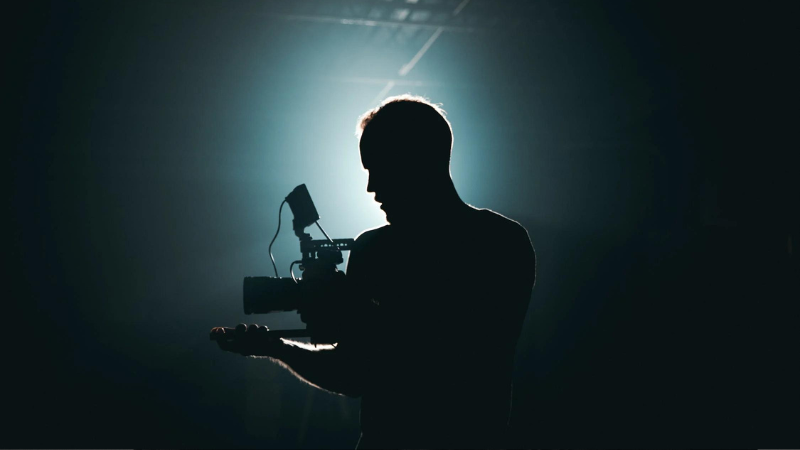In the vibrant world of filmmaking, various roles work in harmony to create the magic we see on screen. One of the most crucial, yet often behind the scenes, is the Director of Photography (DoP). To many, the term might sound technical, almost mysterious. So, what is a DoP? How do they contribute to the allure of British films? Let’s find out more about UK cinematography to discover the answers.
What is a DoP?
A DoP, or Director of Photography, shoulders the responsibility for how a film looks. This means they shape the visual tone, mood, and style, making them a significant player in storytelling. Their duties encompass everything from the selection of cameras and lenses to the intricate design of lighting setups.
In the UK’s rich film culture, the DoP is often synonymous with a cinematographer. While these terms are interchangeable in some contexts, they do have distinct nuances. Generally, the DoP oversees the entire photography department, while a cinematographer London typically handles the actual shooting.
The Scope of Work in DoP Films
The DoP’s touch is felt long before the cameras roll. In pre-production, they collaborate with directors to grasp the narrative’s essence and determine the visual approach. Decisions made here, from the choice of film stock to framing strategies, guide the project’s direction.
Once filming begins, the DoP or cinematographer works closely with the camera crew, gaffers, and other technical personnel. They ensure every scene aligns with the agreed vision. A British cinematographer, operating within the bustling streets of London or the serene landscapes of the Lake District, brings this vision to life. The outcome? Memorable DoP films that resonate with audiences.
The Evolution of the DoP Role in the UK
Britain has a storied history in the world of cinema. From early black and white classics to modern digital masterpieces, British cinematographers have always been at the forefront of innovation. With evolving technology, the role of the DoP in filmmaking has also seen dramatic shifts.
The adoption of digital over celluloid, for instance, has impacted the way DoPs operate. Techniques have adapted, and new challenges have emerged. But the core essence remains: crafting a visual narrative that complements the director’s vision.
The Significance of London
London, with its eclectic mix of modernity and history, serves as a playground for many a cinematographer. The city’s diverse architecture and lighting conditions offer a treasure trove of opportunities. A DoP filming in London must consider the unique interplay of natural and artificial light, especially in urban settings.
Cinematographers who’ve mastered the nuances of this iconic city have given us some of the most visually captivating British films. Whether it’s a gritty East End drama or a sweeping view from the Shard, the London landscape plays a pivotal role, almost as a character itself.
Connecting with a Director of Photography
If you’re embarking on a filmmaking journey in the UK, aligning with the right DoP can take your project to the next level. Whether you are searching for a seasoned British cinematographer or a budding DoP in filmmaking circles, London offers a wealth of talent. Portfolio reviews, film school networks, and industry events are excellent avenues to connect.
The DoP, though often out of the limelight, plays a defining role in the cinematic experience. From their meticulous planning to their execution on set, they work hard behind the scenes to ensure our beloved films look their very best.





Thanks for this information and it was helpful.